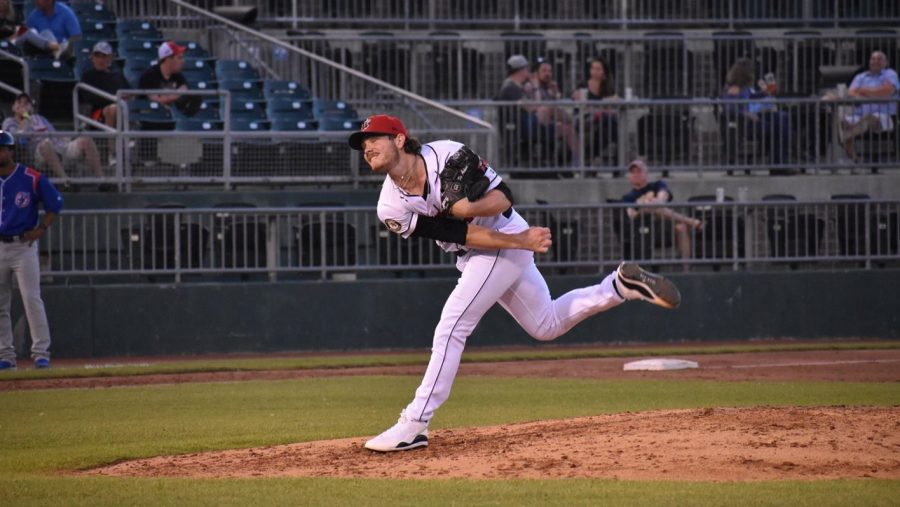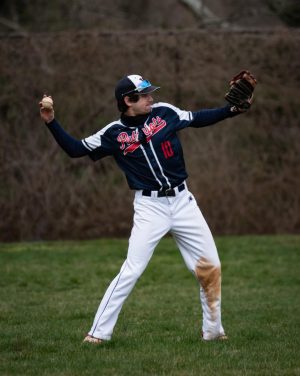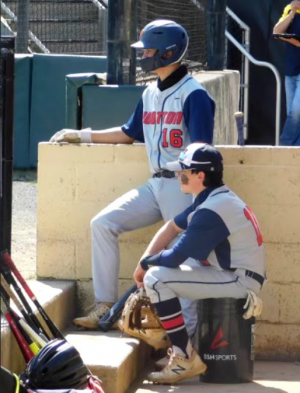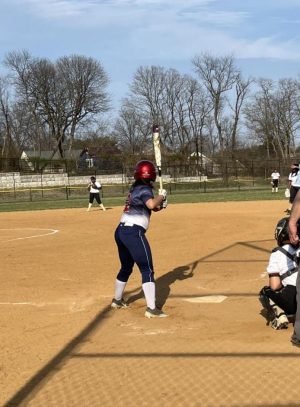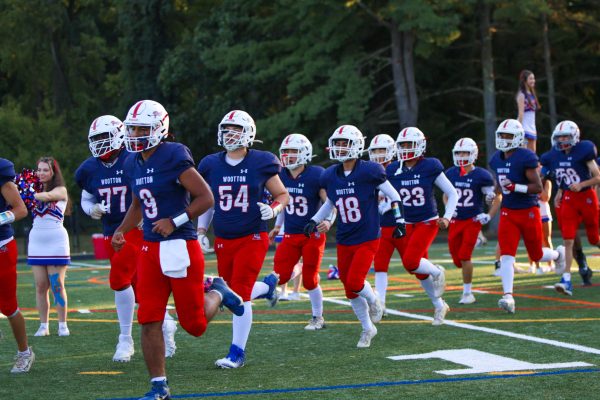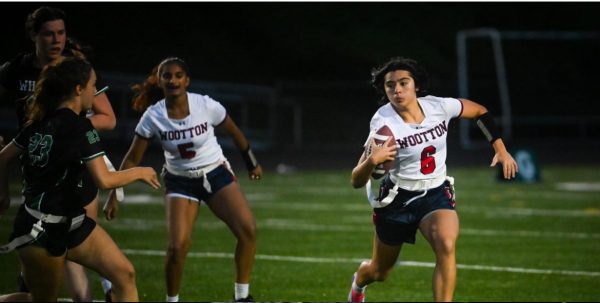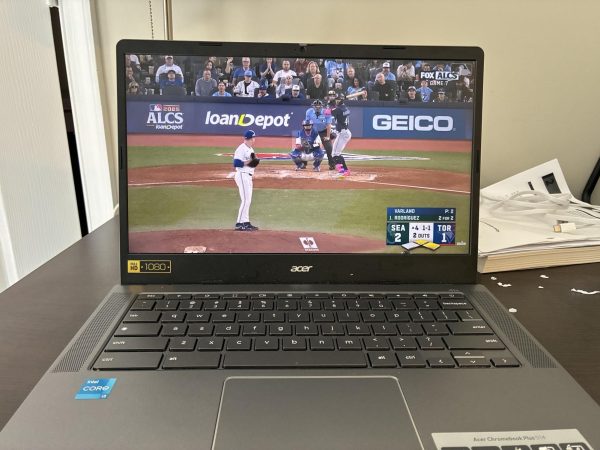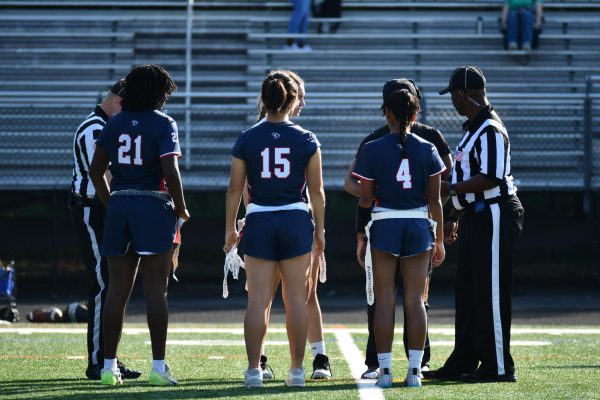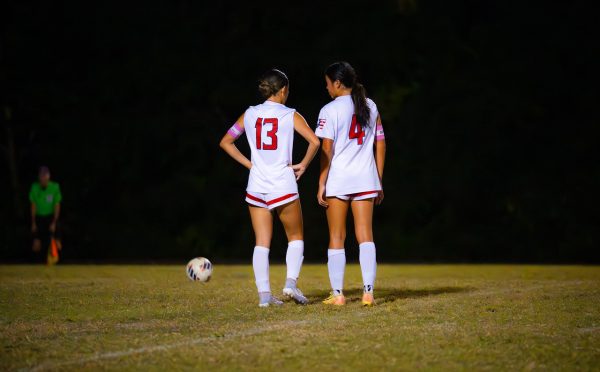What happened during the MLB lockout?
Photo by Drew Gwerder courtesy Aiden Mcintyre
Minor League baseball player Aiden Mcintyre pitches during a game.
Major league baseball players and owners have finally reached a conclusion as they had not been able to reach an agreement on the collective bargaining agreement since December 2020.
CBA is short for “collective bargaining agreements.” The CBA consists of every key to the league, such as money given to players while at away games or an away series for food, the rules of the games being played and even the salaries for players. The CBA expires every five years, and if, after five years the players and owners do not reach full agreements on the CBA, there are two possible outcomes. One is that the MLB owners will activate a stoppage, meaning the players can not use their team’s facilities, teams can not sign free agents and no trades can be made. The other option if the owners and players can not come to an agreement is that the players, or in this case, the workers, go on strike, which suspends play.
What is happening now is a player’s strike. The workers are unwilling to play without an agreement on both sides of the CBA.
Since this happened during the offseason, the MLB owners were not losing revenue from streaming the games and players were stuck in free agency, which doesn’t harm the owners of the league. This left the players in a position where they likely would agree to rules in the CBA, which are lesser than they would have wanted, because players need to find homes and which team they will play for, which could not be done if there was a lockout.
The lockout, which just occurred, lasted from Dec. 2, 2021, to Mar. 10, was mostly surrounding money. Junior Nick Jayner said, “I was disappointed to see the MLB initiate a lockout, but I’m looking forward to the full 162 game season now that the lockout is over.”
The players were fighting to raise the minimum salary. The players were also fighting for larger salary caps for teams to spend on their 40-man roster. Senior Liam Miller said, “I think the lockout shouldn’t have happened. The owners should pay the players more because their revenue is increasing while player pay is increasing.”
The owners agreed on a salary floor, which is a minimum a team must spend on their players annually. The league also proposed lesser taxes on salary cap expansion to $210 million from $180 million. The players and owners did not come to this proposal, causing the lockout. On Mar. 10, the players and owners last meeting concluded and they finally came to an agreement, and the players are now prepared for a full 162-game season.
Minor leaguers are players affiliated with minor league teams, as lower-level teams associated with MLB teams. Minor league players were not significantly affected by the lockout. Minor league pitcher Aiden Mcintyre said, “As a MiLB player our season was going to be unaffected but every player could feel the lockout. I’m grateful it got resolved, I don’t think it needed to be drowned out so long.”
The MLB season will now start on Apr. 7.
Your donation will support the student journalists of Thomas S. Wootton High School. Your contribution will allow us to purchase equipment and cover our annual website hosting costs.


